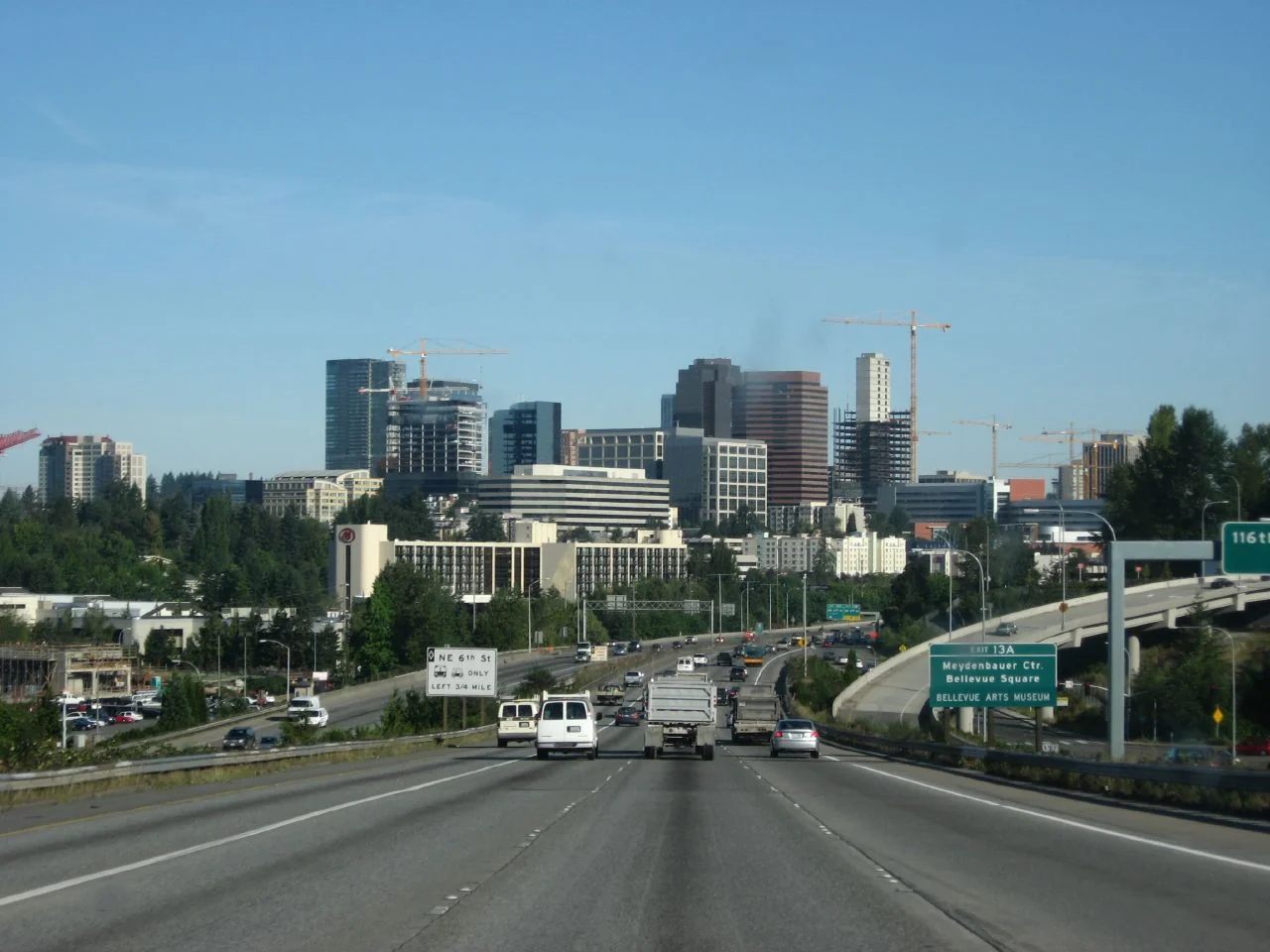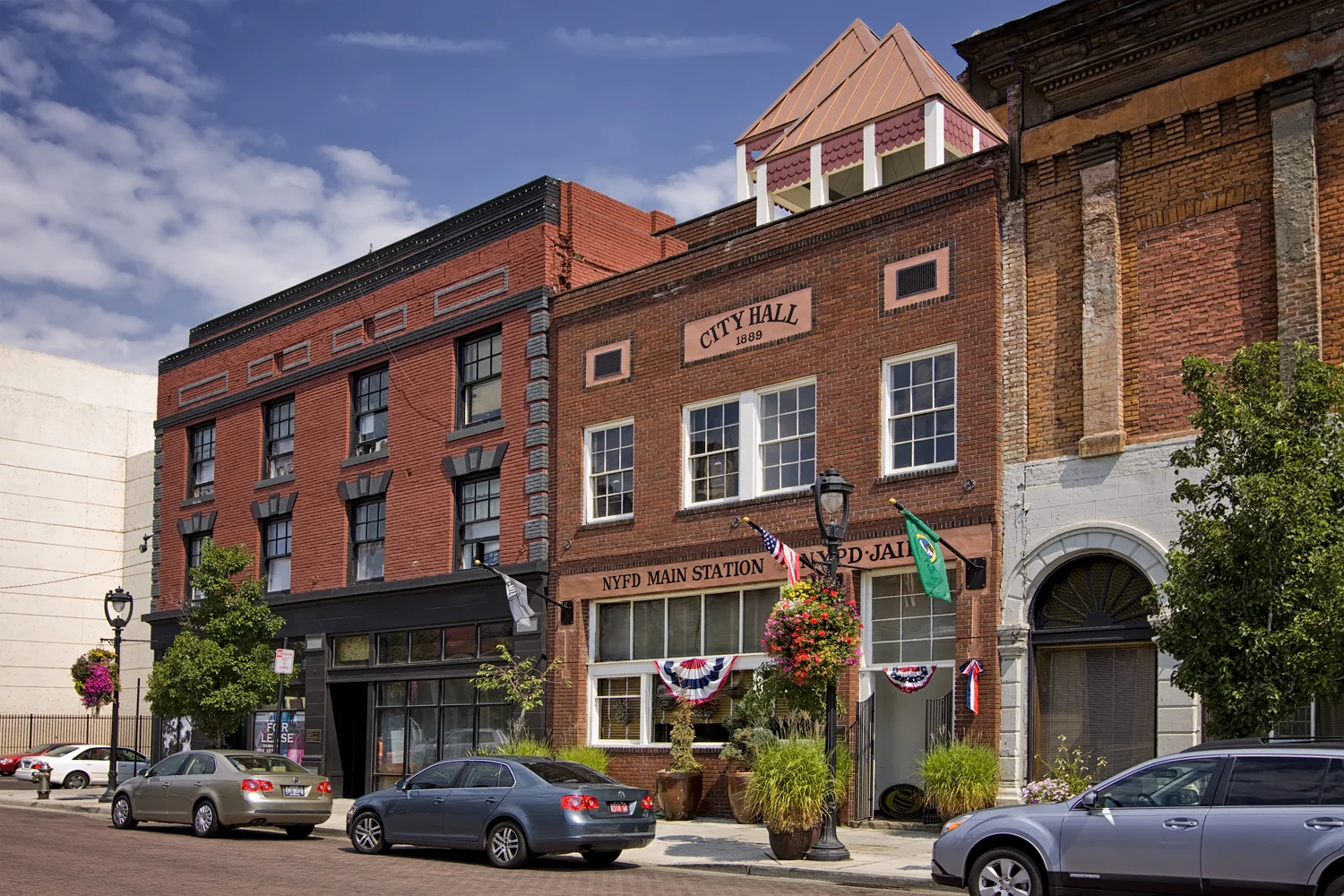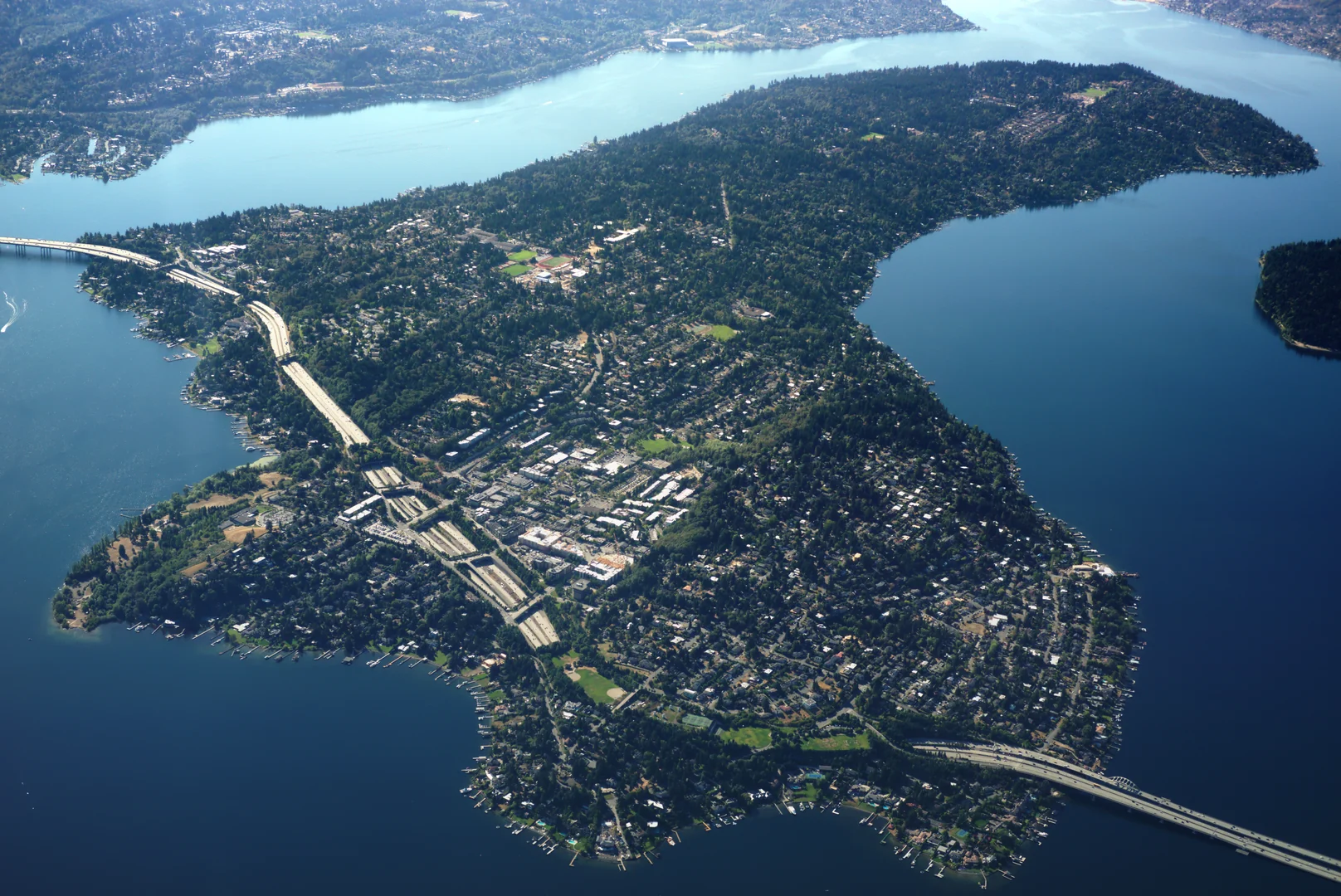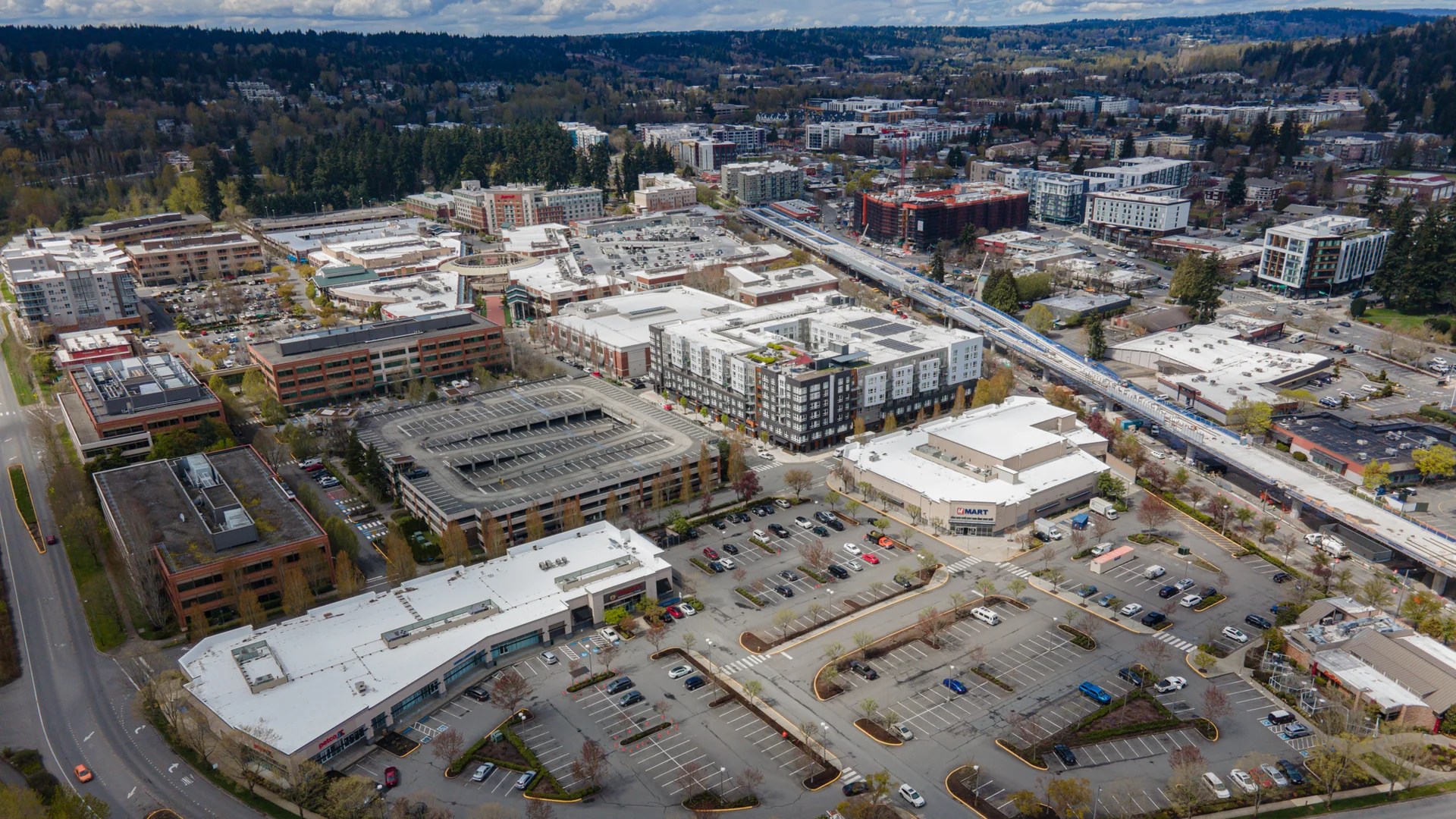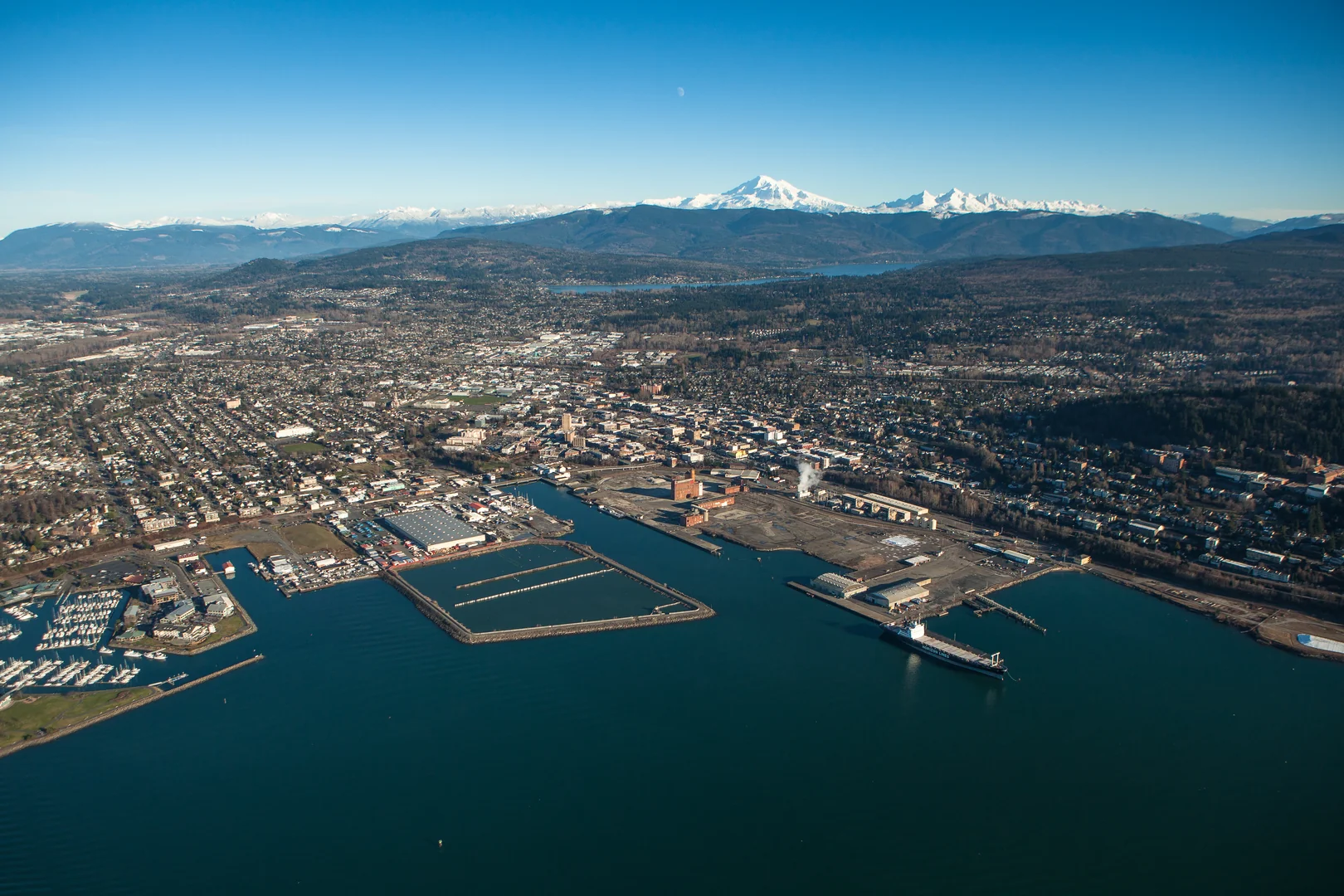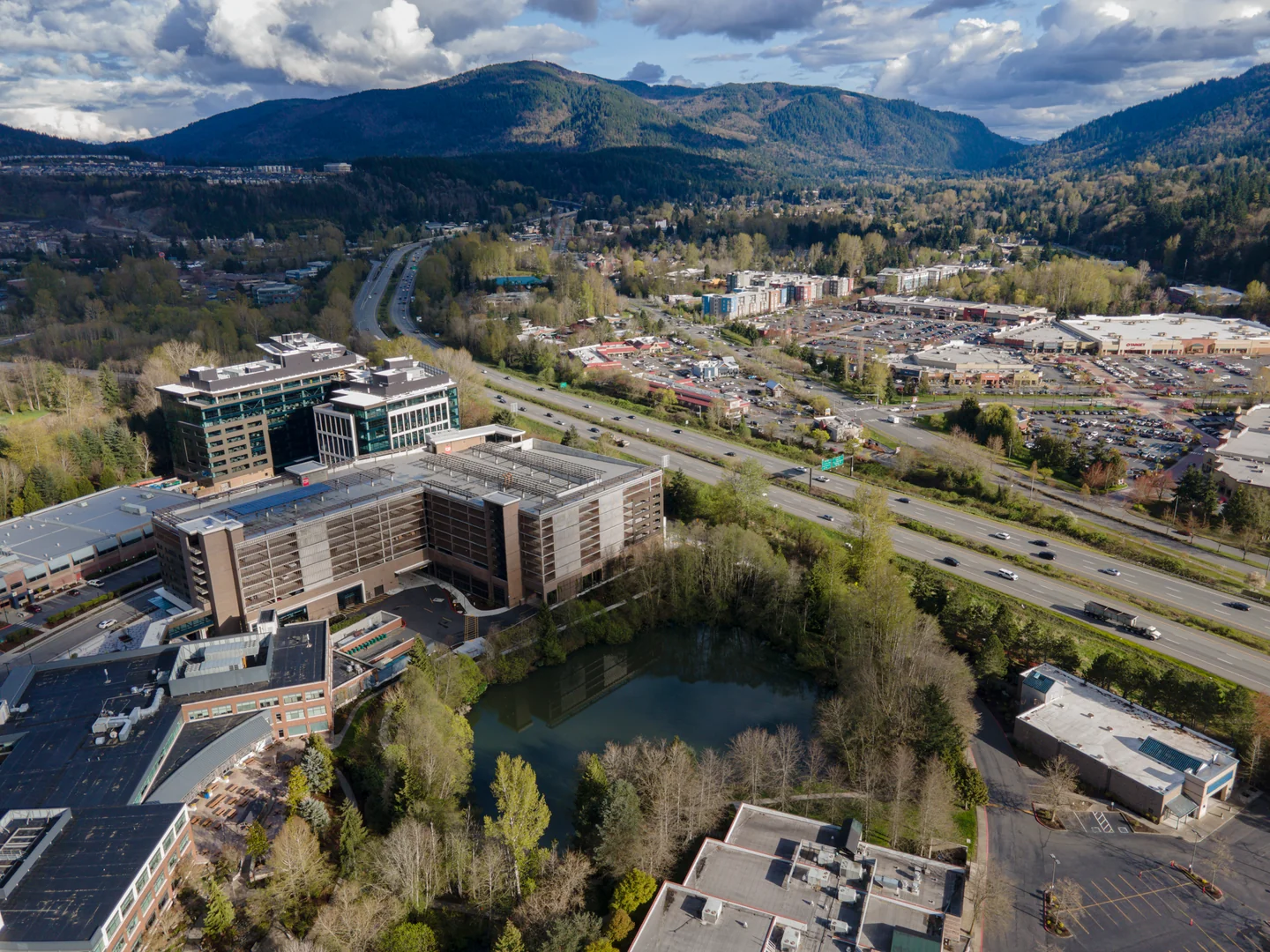3 Most Expensive vs Affordable Cities in Washington
Complete guide to 3 most expensive vs affordable cities in washington. Detailed information, recommendations, and everything you need to know

Washington State presents one of America's starkest economic contrasts, where tech-driven wealth clusters around Seattle and the Eastside while charming college towns and agricultural communities offer genuine affordability just hours away. Understanding these cost disparities isn't just about numbers—it's about lifestyle choices that can dramatically impact your financial future.
The state's economy creates fascinating microclimates of expense. While Seattle metro area professionals command high salaries, they face housing costs that can consume 40-50% of their income. Meanwhile, cities like Pullman, Ellensburg, and Walla Walla offer median home prices under $300,000 alongside thriving cultural scenes and outdoor recreation.
Your housing dollar stretches furthest in university towns and agricultural centers, where $1,200 monthly rent secures spacious living that would cost $3,000+ in Bellevue. Yet expensive areas offer career opportunities and amenities that justify their premium for many residents. The key lies in matching your priorities—career growth, family needs, lifestyle preferences—with the right economic environment.
This comparison reveals practical strategies for thriving in Washington's most expensive markets while highlighting hidden gems where your money works harder. Whether you're relocating for work, planning retirement, or seeking better value, these insights help navigate Washington's diverse economic landscape with confidence.
Bellevue vs Spokane
Tech Hub Luxury Against Inland Valley Value
Bellevue epitomizes Eastside affluence, where Microsoft and Amazon wealth has transformed a quiet suburb into Washington's most expensive city. Median home prices hover around $1.4 million, with even modest condos starting at $600,000. The stunning vista of downtown Bellevue's gleaming towers reflects a community where household incomes average $130,000 annually, yet housing costs still strain many budgets.
Downtown Bellevue restaurants routinely charge $35-45 for entrees, while casual dining rarely dips below $18 per person. The city's upscale Bellevue Square mall and luxury car dealerships cater to tech professionals who view $8 craft cocktails as reasonable. Parking downtown costs $3-5 hourly, and premium grocery stores like Metropolitan Market charge 20-30% above regional averages.
Spokane offers compelling alternatives for budget-conscious living. Washington's second-largest city maintains median home prices around $285,000, with attractive neighborhoods like South Hill and Browne's Addition providing character homes under $250,000. The historic Davenport District downtown showcases revitalized brick buildings converted into affordable lofts and apartments.
Spokane's dining scene delivers remarkable value—quality steakhouses serve full meals under $25, while neighborhood breweries offer $5 pints and $12 burgers. The city's Riverfront Park provides free concerts and events, while nearby skiing and hiking require minimal travel costs compared to Bellevue's premium recreation fees.
For professionals willing to trade tech industry salaries for dramatically lower living costs, Spokane's growing healthcare, education, and manufacturing sectors offer stable employment. Remote workers particularly benefit, leveraging Seattle-area salaries while enjoying Spokane's affordable lifestyle and genuine community connections that expensive cities often lack.
Seattle's Capitol Hill vs Yakima's Historic Downtown
Urban Premium vs Small City Charm
Capitol Hill represents Seattle's cultural heart, where coffee culture was born and indie music thrives. However, this desirability commands premium prices—studio apartments start at $1,800 monthly, while one-bedrooms easily exceed $2,500. The neighborhood's walkability comes with costs: $4-6 coffee drinks, $15-20 lunch spots, and $25+ dinner entrees at trendy restaurants.
Grocery shopping on Capitol Hill means paying Pike Place Market tourist prices or frequenting Whole Foods, where weekly bills for two people often reach $150-200. Street parking requires patience and quarters, while private lots charge $15-25 daily. Even basic services like haircuts ($80+) and dry cleaning reflect the area's inflated economy.
Transportation costs add up quickly—Metro passes run $3.50 per ride, and many residents spend $100+ monthly on public transit or rideshare services. Entertainment follows suit, with concert venues charging $35-75 for shows, and craft cocktails starting at $12-15.
Yakima's Historic Downtown offers remarkable contrast in this remarkable landscape of central Washington. Median apartment rents hover around $850 for one-bedrooms in restored brick buildings with character details impossible to find in Seattle's price range. The city's revitalization efforts have created genuine charm without gentrification pricing.
Downtown Yakima's restaurants serve generous portions at family-friendly prices—quality Mexican meals under $12, craft beer at $4-5 per pint, and coffee shops where drinks rarely exceed $4. Free parking remains abundant, and grocery costs run 25-30% below Seattle averages at local chains like Rosauer's.
The Yakima Valley's agricultural abundance means seasonal farmers markets offer exceptional produce prices, while outdoor recreation requires minimal investment. Nearby Yakima River access, hiking trails, and winter sports provide entertainment value that expensive cities struggle to match through costly amenities.
Mercer Island vs Pullman
Waterfront Exclusivity Against College Town Economy
Mercer Island commands Washington's highest property values, where waterfront lots exceed $3 million and modest homes rarely sell below $1.2 million. This exclusive island community between Lake Washington's shores attracts executives seeking privacy and prestige, but living costs reflect that exclusivity at every turn.
The island's limited dining options charge premium prices—casual restaurants average $25-30 per person, while the few upscale establishments command $60+ for dinner entrees. Grocery shopping means crossing bridges to reach reasonably priced stores, as the island's markets cater to affluent residents unconcerned with value shopping.
Property taxes alone can exceed $15,000 annually for average homes, while utilities, landscaping, and home maintenance reflect the community's luxury standards. Even services like house cleaning ($150+ per visit) and childcare ($2,000+ monthly) carry premium pricing that assumes high household incomes.
Pullman presents Washington State University students and families with genuine affordability in the Palouse region's rolling hills. Median home prices around $245,000 include charming neighborhoods with tree-lined streets and community connections that expensive cities struggle to replicate.
The university town's economy keeps costs reasonable across all categories. Restaurants serve hearty meals under $15, with student-friendly options like $8 pizza slices and $12 pub dinners. Local coffee shops charge $3-4 for drinks, while craft breweries offer $4 pints and free community events.
Housing options range from affordable apartments ($650-900 monthly) to family homes under $200,000 in established neighborhoods. The university provides cultural amenities—concerts, lectures, sporting events—often free or under $20. Outdoor recreation abounds with hiking, fishing, and camping requiring minimal investment beyond gas money for short drives to spectacular Palouse countryside.
Redmond vs Walla Walla
Microsoft Money vs Wine Country Affordability
Redmond's identity as Microsoft's hometown has created another expensive Eastside enclave where tech wealth drives up all living costs. The aerial view of Redmond reveals suburban sprawl where median homes cost $950,000 and new construction easily exceeds $1.3 million. Even townhomes and condos start around $650,000, stretching many families despite high tech salaries.
Microsoft's campus influence extends throughout Redmond's economy. Restaurants near downtown charge Seattle prices—$20+ lunches and $40+ dinners become routine expenses. The city's family-friendly reputation attracts professionals willing to pay premium costs for good schools and safe neighborhoods, but property taxes, utilities, and services all reflect these elevated property values.
Childcare costs particularly impact families, with quality daycare centers charging $2,200+ monthly per child. Even basic services like automotive repair, dental work, and home maintenance carry Microsoft-area pricing that assumes tech-level incomes.
Walla Walla combines wine country sophistication with small-city affordability, creating Washington's best lifestyle value proposition. Historic downtown features beautifully preserved buildings housing galleries, tasting rooms, and restaurants that offer genuine quality without inflated pricing.
The city's wine reputation attracts visitors expecting expensive dining, but locals know where to find excellent meals under $20 and wine tastings under $15. Downtown's walkable core eliminates transportation costs while providing access to farmers markets, community events, and outdoor recreation.
Housing remains remarkably affordable—median home prices around $315,000 include historic neighborhoods with character homes, while new construction offers modern amenities without Eastside premiums. The city's growing food scene, annual balloon festival, and proximity to Blue Mountains recreation provide entertainment value that expensive cities deliver through costly attractions.
Property taxes, utilities, and services maintain reasonable pricing that reflects local income levels rather than inflated real estate values.
Kirkland vs Bellingham
Lake Washington Lifestyle vs University Town Living
Kirkland's waterfront location on Lake Washington creates another expensive Eastside community where luxury living commands premium prices. The city's downtown core features upscale restaurants, boutique shopping, and marina access that cater to affluent professionals seeking suburban sophistication.
Median home prices exceed $900,000, with waterfront properties reaching $2-3 million. Even inland neighborhoods command high prices due to excellent schools, low crime rates, and easy Seattle commutes. Restaurants along the waterfront charge $30-45 for entrees, while casual dining rarely drops below $18 per person.
The city's family-friendly amenities—parks, recreation programs, cultural events—often carry fees that assume high household incomes. Summer concert series, art festivals, and waterfront activities provide quality entertainment but at costs that reflect the community's economic demographics.
Bellingham offers university town affordability combined with Pacific Northwest beauty that rivals expensive communities. Western Washington University creates a young, educated population that supports diverse dining, music, and cultural scenes without premium pricing.
The aerial view of Bellingham reveals a city nestled between Bellingham Bay and the Cascade foothills, providing natural amenities that expensive cities struggle to match. Housing costs remain reasonable—median home prices around $485,000 with neighborhood options under $350,000 for families seeking value.
Downtown Bellingham's revitalized historic district offers excellent restaurants with entrees under $20, craft breweries serving $5 pints, and coffee culture that predates Seattle's commercialization. The city's Saturday farmers market provides exceptional local produce at prices that reflect regional agriculture rather than urban premiums.
Outdoor recreation defines much of Bellingham's appeal—hiking, skiing, kayaking, and cycling require minimal investment while providing entertainment value that expensive cities deliver through costly facilities. The nearby San Juan Islands ferry access adds recreational opportunities without the premium costs of waterfront living in expensive communities.
Issaquah vs Ellensburg
Eastside Affluence vs Central Washington Accessibility
Issaquah represents another costly Eastside community where natural beauty meets tech-driven prosperity. Nestled against the Cascade foothills, the city attracts families seeking outdoor recreation combined with urban amenities, but this desirability commands significant premiums across all living expenses.
The aerial view of Issaquah showcases suburban developments climbing hillsides where homes routinely exceed $800,000, with newer construction approaching $1.2 million. The city's renowned schools and outdoor access justify these costs for many families, but restaurant prices, shopping, and services all reflect affluent demographics.
Downtown Issaquah's restaurants charge Eastside premiums—$25+ entrees and $15+ lunch options become routine expenses. Even fast-casual dining costs more than equivalent options in affordable cities, while grocery stores cater to shoppers unconcerned with budget constraints.
The city's proximity to hiking trails, ski resorts, and outdoor recreation provides genuine value, but accessing these amenities often requires expensive equipment, lift tickets, and premium outdoor gear that local retailers price accordingly.
Ellensburg combines university town economics with small-city charm in the heart of Washington's agricultural region. Central Washington University creates cultural amenities and educated workforce without the cost inflation that major metropolitan areas experience.
Historic downtown Ellensburg features restored buildings housing restaurants where quality meals rarely exceed $18, craft breweries offering $4-5 pints, and coffee shops maintaining reasonable pricing despite growing popularity among outdoor enthusiasts.
Housing costs remain refreshingly affordable—median home prices around $285,000 include established neighborhoods with tree-lined streets and genuine community connections. Families can purchase quality homes under $250,000, while apartments rent for $800-1,200 monthly depending on size and location.
The city's location provides easy access to hiking, fishing, hunting, and camping throughout the Cascade region, while annual events like the Ellensburg Rodeo create community traditions that expensive cities struggle to replicate through costly entertainment venues.
